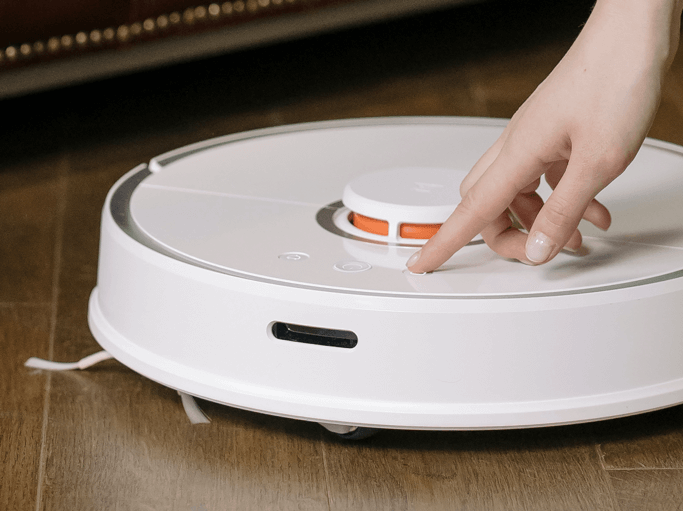Introduction:
The advent of the Coronavirus pandemic has transformed the way we view and approach cleanliness and hygiene in our homes, workplaces, and public spaces. The need for stringent disinfection and cleaning practices has become more critical than ever before. In this comprehensive exploration, we delve into the strategies, importance, and best practices of disinfection and cleaning during the ongoing Coronavirus pandemic.
Section 1: Understanding the Virus and Its Spread
To comprehend the significance of enhanced cleaning and disinfection measures, it’s crucial to first understand the nature of the virus. We explore how SARS-CoV-2, the virus responsible for COVID-19, spreads through respiratory droplets and surface contact. The viability of the virus on different surfaces and the potential for fomite transmission are highlighted.
Section 2: The Role of Cleaning and Disinfection in Preventing Transmission
This section emphasizes the pivotal role of cleaning and disinfection in breaking the chain of transmission. We delve into the science behind how effective cleaning practices can mitigate the risk of surface transmission and reduce the spread of the virus within households, communities, and public spaces.
Section 3: Disinfectants and Cleaning Agents: Choosing the Right Tools
A detailed examination of the various disinfectants and cleaning agents available in the market is essential for developing an effective cleaning strategy. We discuss the differences between disinfectants, sanitizers, and cleaning agents, emphasizing their respective uses and the importance of selecting products approved by health authorities.
Section 4: Best Practices for Cleaning and Disinfection
This section outlines a comprehensive set of best practices for individuals, households, and businesses to implement. From proper hand hygiene and surface cleaning to guidelines for disinfecting high-touch areas, these practices are designed to create a robust defense against the spread of the virus.

Section 5: Cleaning in Specific Settings
Understanding that different environments demand tailored cleaning strategies, we explore effective cleaning practices in various settings. This includes homes, offices, schools, healthcare facilities, and public spaces. Each setting presents unique challenges and opportunities for implementing disinfection measures effectively.
Section 6: The Psychological Impact of a Clean Environment
Beyond the physical health benefits, maintaining a clean and disinfected environment has a profound impact on mental well-being. We explore the psychological aspects of living in a clean space during a pandemic, addressing how it contributes to a sense of control, security, and overall mental wellness.
Section 7: Challenges and Solutions in Large-Scale Disinfection
Large-scale disinfection efforts in public spaces present unique challenges. This section delves into the logistics, technological innovations, and community engagement strategies required for successful large-scale disinfection initiatives. Case studies and examples from around the world highlight effective approaches.
Section 8: Sustainability in Cleaning Practices
As we intensify our cleaning efforts, it’s imperative to consider the environmental impact of the cleaning products and methods we employ. This section explores sustainable cleaning practices, offering insights into eco-friendly disinfectants, reusable cleaning tools, and strategies for reducing waste in the context of increased cleaning requirements.
Section 9: The Future of Cleaning and Disinfection Post-Pandemic
Looking beyond the current pandemic, we contemplate the lasting impact on our cleaning habits and the future of cleaning and disinfection. We discuss how the lessons learned during this crisis may influence long-term hygiene practices in homes, workplaces, and public spaces.
Conclusion:
In conclusion, the Coronavirus pandemic has elevated the importance of cleaning and disinfection to unprecedented levels. Implementing effective strategies, understanding the role of various cleaning agents, and embracing best practices are crucial steps toward creating a safer and healthier environment. As we navigate these challenging times, the knowledge and habits developed in response to the pandemic will likely shape our approach to cleanliness for years to come. The integration of science-backed cleaning practices, sustainability considerations, and community-wide initiatives is key to overcoming the challenges posed by the virus and fostering a culture of hygiene that endures beyond the current crisis.



